JU Sea Turtle Program
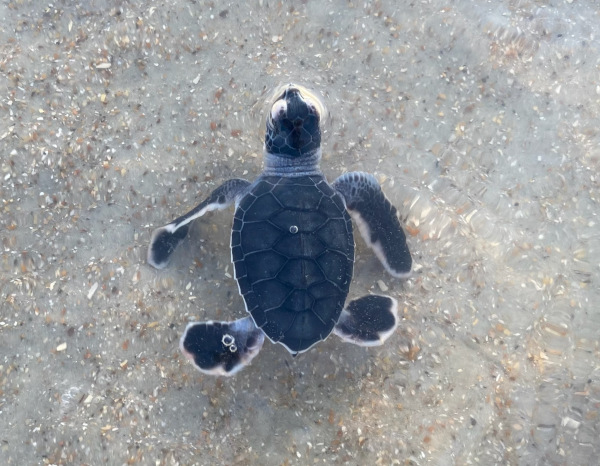
Research. Educate. Conserve.Making Waves in Conservation
The Jacksonville University Sea Turtle Program was created through a partnership between Jacksonville University and Mickler’s Landing Turtle Patrol.
The program is designed to protect and conserve sea turtles and their coastal habitats through collaborative research, education and community engagement. It also creates meaningful, real-world experiences for Jacksonville University students, integrating the university’s academic mission with environmental stewardship within our surrounding community.
Nesting season
Northeast florida
| Task | Deadline or date |
|---|---|
| May 1 | October 31 |
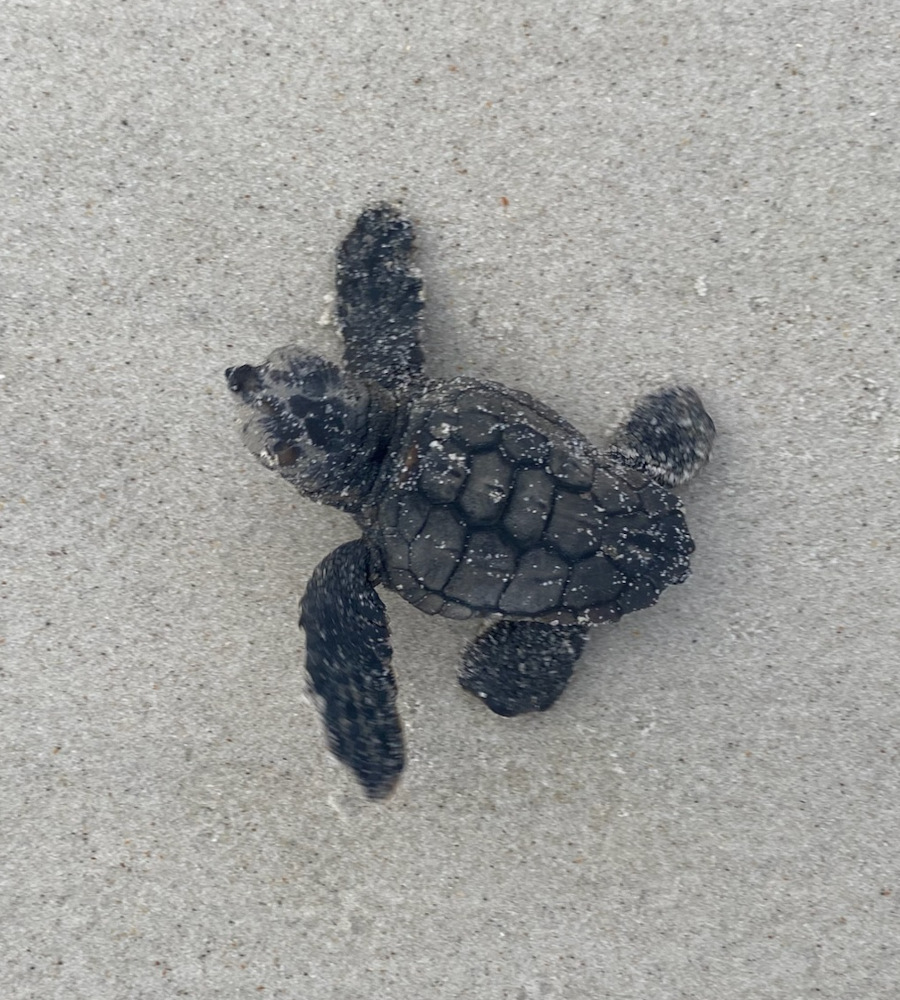
Nest to OceanProtecting Florida's Sea Turtle Shores
Florida is home to the world’s largest population of nesting loggerhead sea turtles, currently listed as threatened in the U.S. and vulnerable globally, as well as green sea turtles and leatherbacks. The Sea Turtle Program partnership supports daily sea turtle nest monitoring from April 15 through October 31 along a 4.6-mile stretch of Ponte Vedra Beach.
Learn. Lead. Inspire.Students Making a Difference
During nesting season, students are on the beach daily — 30 minutes before sunrise — to locate new nests and monitor existing ones, gathering data to support research that helps protect the species and inform coastal development policies. Students are contributing to real-world impact. Students can also participate in education outreach, building public speaking skills while teaching the next generation to be good stewards of the environment. And finally, students can explore their own research questions to help us learn more about sea turtles and our community's relationship with them.
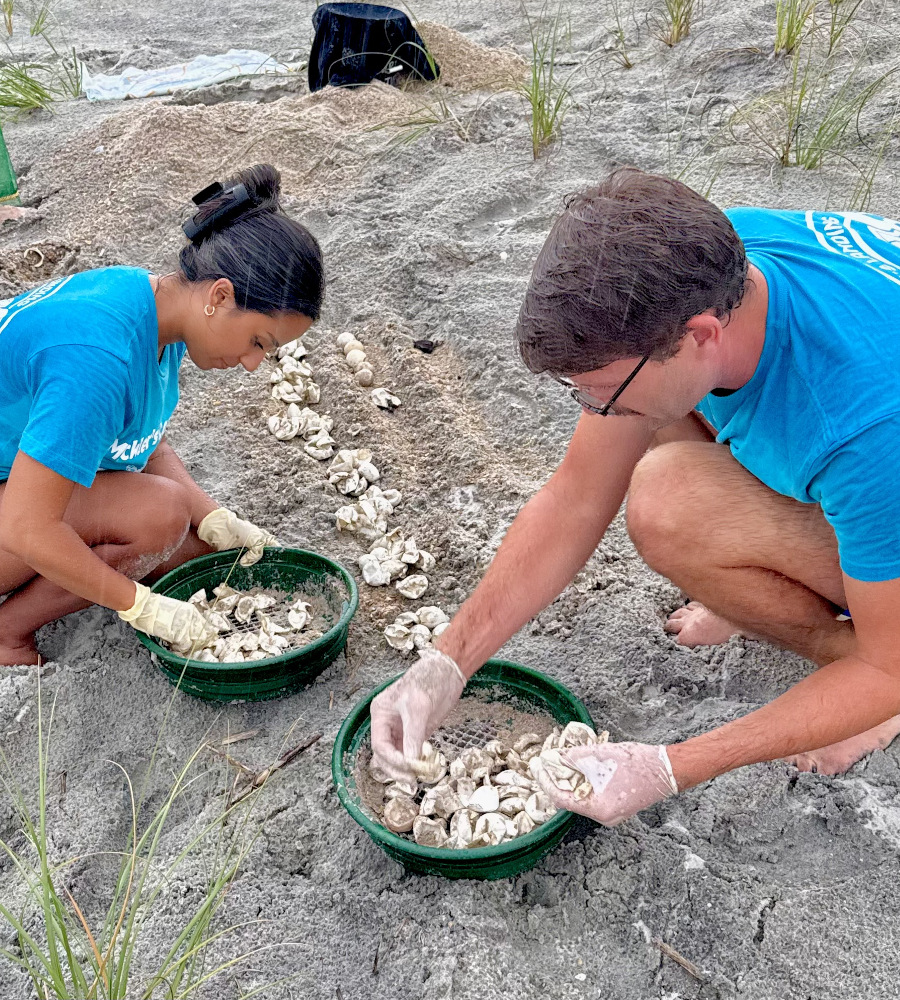
MSRI Student Gallery
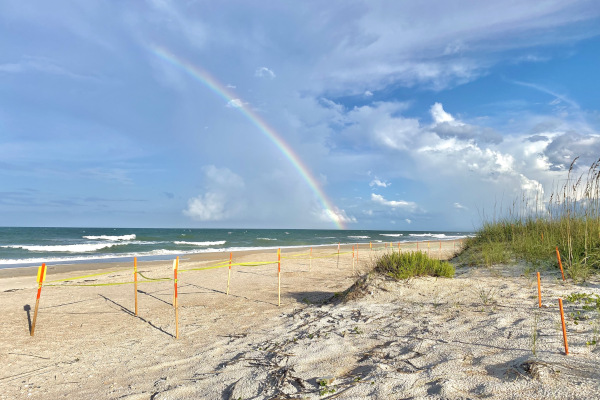
A rainbow over several sea turtle nests in Ponte Vedra Beach

Education Outreach is critical to conservation of Sea Turtle Nests
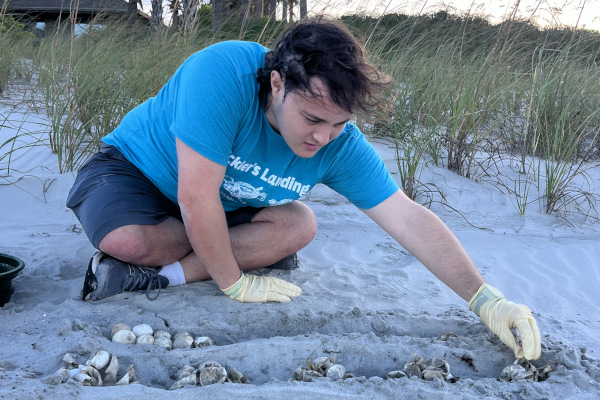
JU student, Alex Jefferson sorting the contents found in a sea turtle nest during a routine nest evaluation. Activities conducted under FWC MTP 029
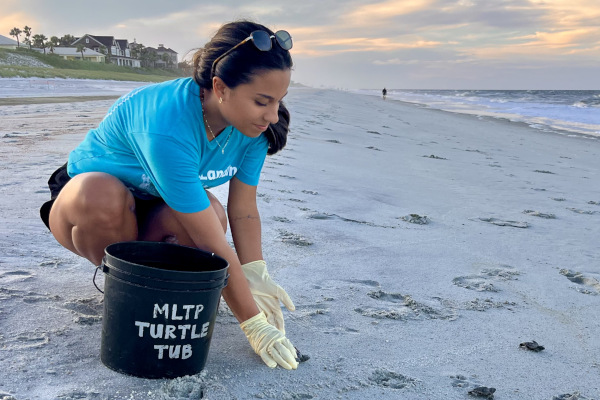
JU student, Isabelle Mercado, releasing Loggerhead sea turtle hatchlings after a nest evaluation. Activities conducted under FWC MTP 029
September 20252025 Nesting Numbers
Loggerhead (Caretta caretta): A large-headed sea turtle with a reddish-brown shell and powerful jaws, Loggerheads are the most abundant nesting sea turtle in Florida, laying many nests along our Atlantic beaches.
Green Turtles (Chelonia mydas): Green turtles are mostly herbivores as adults (eating sea grasses and algae), grow to nearly a meter long, and have been increasing in nesting numbers along Florida’s east coast in recent years.
Kemp’s Ridley (Lepidochelys kempii): The smallest sea turtle species, critically endangered, with a more restricted nesting range; Kemp’s Ridley nests are rare in Florida and tend to occur irregularly.
Leatherback (Dermochelys coriacea): The largest sea turtle species, with a soft, flexible (leathery) shell instead of hard scutes; long-distance migrators that nest less frequently in Florida but are one of the species regularly monitored.
Sea Turtle Program DonationGet Involved
Through research, education, hands-on conservation, and a strong community partnership, the Jacksonville University Sea Turtle Program is committed to protecting sea turtles and their fragile coastal environments.
Your contribution supports vital nest monitoring, scientific studies, and student education — all critical to ensuring a brighter future for sea turtles in Northeast Florida.
AboutMickler's Landing Turtle Patrol
In partnership with Jacksonville University, we are a team of community volunteers and JU students monitoring sea turtle nests along 4.6 miles of Ponte Vedra Beach and connecting our community to sea turtles and their coastal nesting habitat.

Contact Information Marine Science Research Institute
Marine Science Research Institute
Jacksonville University
2800 University Blvd N
Jacksonville, FL 32211
Phone: (904) 256-7766
Email: lmeers@ju.edu

